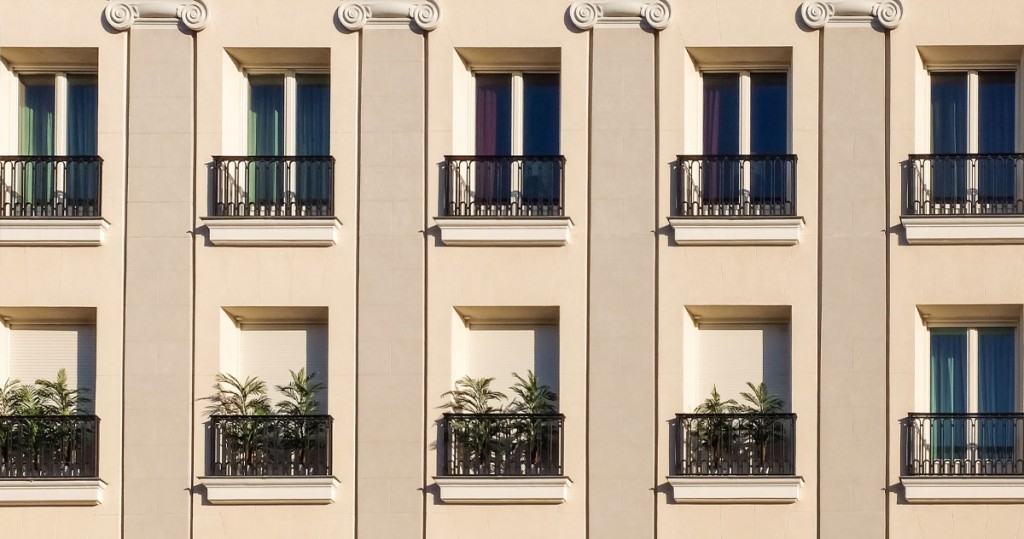Shine the spotlight on Los Angeles because the market fundamentals are hot! Insiders know about tight the supply in the housing market as the metropolitan population keeps growing. That same population expansion influences commercial real estate submarkets like multifamily and industrial.
Why Industrial?
The easy answer is Los Angeles’ infrastructure. The Port of Los Angeles is one of the busiest in the United States. East is the Inland Empire with its expanding manufacturing, warehousing, and distribution hubs. Together, LA and the Inland Empire have around 8 million residents.
Changes to how Americans buy products means retailers need to place goods closer to the urban centers. This is putting pressure on warehousing and fulfillment demands. Add up the population and demands, and it’s no wonder why Los Angeles’ warehousing market continues reporting historically low vacancy rates.
The UCLA Anderson/ Allen Matkins annual forecast notes, “demand has slowed a bit from its recent peak, but it is still very high throughout Southern California. With high occupancy rates and an improvement in market conditions, panelists predict an increase in rental rates and a market that will continue to drive new industrial structure construction.”
Additionally, the recent tax overhaul favors commercial real estate, like industrial properties. Investors and developers expect a better return on their investments in this commercial submarket.
Why Multifamily?
The Californian housing crisis is no secret. Affording a single family home is beyond the reach of many residents, and the newly reduced tax breaks on homeownership make buying a home even less attractive. Nonetheless, companies continue to lure talent to Southern California. The diverse job market is one of the drivers of population growth.
An urban planning professor at the University of Southern California says the state has produced too little housing units, and most are the wrong kind. “The housing it has produced is often located far from jobs and transit, or is too expensive for low and sometimes even middle-income people to afford.”
Enter multifamily. Laurie Lustig-Bower, Executive VP at CBRE, says the multifamily market, “vacancy rate is at 3.8 percent and poised to stay under 5 percent for next five years.” She predicts rents will start to rise again after that.
There is a strong and immediate need for more multifamily properties as a method of addressing the housing crisis. More housing units are needed that are both affordable and in key locations. In the UCLA/ Allen Matkins survey, around 66 percent of the panelists planned to develop multifamily housing across California.
Despite the anticipated growth, vacancy rates in Southern California are expected to stay neutral or increase just slightly over the next ten years.
As long as people keep moving to LA, real estate leaders surveyed in the annual UCLA Anderson/ Allen Matkins study believe demand in these sectors will persist. Developers and investors working on projects now in these two sectors are more likely to have a strong return on their investment.

